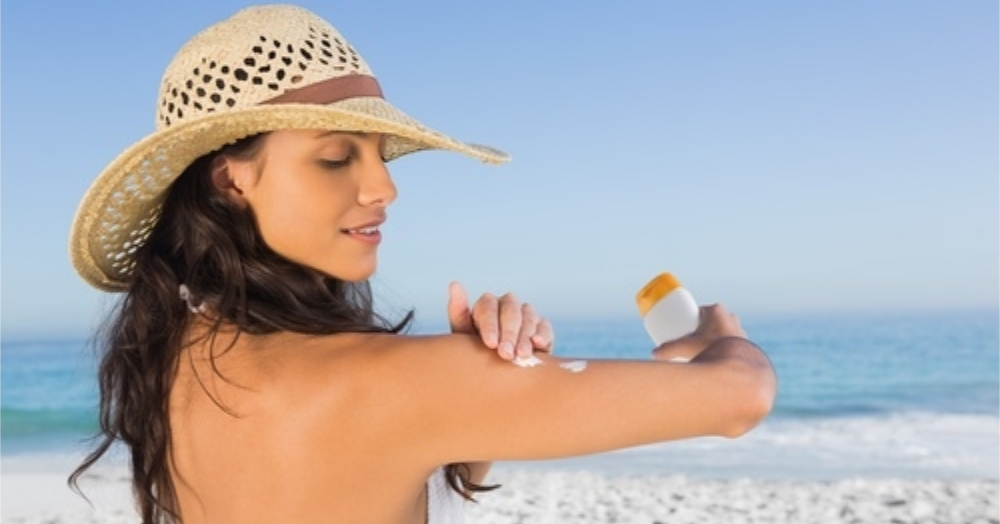Okay so I’m not going to say this for the 145th time, or maybe I will – come hail, storm or sunny days – you HAVE to use sunscreen every single day of your life! There is no substitute for it. If you want your skin to be protected, if you want to slow down its ageing process and reduce pigmentation due to sun damage, bring home a tube of some good sunscreen that will do the job for you. And we know a lot of you ladies are still sunscreen virgins so this post is especially for you. We bring you a guide that tells you all that you need to know when buying a sunscreen. We have here facts, myths, terms to look out for – basically the A to Z of sunscreen etiquette that will help you achieve the skin of your dreams.

1. Creams Over Sprays
Applying a cream means you’ll have a thicker layer of sunscreen on your skin. Sprays, on the other hand, mean lesser sunscreen. Plus, they tend to wear off easily too, as do sunscreen powders. So, opt for a cream instead of a spray or powder.
2. Go For A Sunscreen With ‘Broad Spectrum’
Make it a point to pick a sunscreen that has ‘broad spectrum’ mentioned on the label. This essentially means that not only will it be able to protect you from the UVA rays of the sun that cause the skin to age quicker but will also counter the UVB sun rays that can lead to sunburns and spots.
3. Know Your Skin Type
If you have oily or acne-prone skin, go for a water or gel-based sunscreen. They don’t cake up the face too much and don’t clog pores either. So, not only is the product lightweight, but it also makes sure your skin doesn’t break out.

4. No Oxybenzone Please
This one’s a controversial ingredient. Some chemical sunscreens (as opposed to mineral ones) have a common ingredient called oxybenzone that is believed to irritate the skin, lead to allergies, and disrupt hormones. Our advice? Do a patch test first and see how your skin reacts.
5. What SPF Should Your Sunscreen Be
Anything above SPF 15 is good enough. But if you want foolproof protection for your skin, go for SPF 30. SPF 50 might give you more protection but, beyond that, there is no proof that the protection gets stronger. So if you’re holidaying in the tropics or by the beach, opt for a sunscreen with a higher SPF. Normally, SPF30 should be good.
6. Moisturisers With SPF Are Not The Real Deal
If you think that buying a moisturiser with SPF can replace your sunscreen then you’re mistaken. Moisturisers with SPF do not offer as much protection as a sunscreen would. Besides, the moisturiser with SPF will wear off sooner than your sunscreen. So go for both, a moisturiser and a full-fledged sunscreen, and use both on a daily basis. In fact, you should reapply your sunscreen every 2-3 hours, at least 20 minutes before heading out.
7. Have A Look At The Expiration Date
Last but definitely not the least – always check the expiry date of the sunscreen. While this should be an unsaid rule before you buy any beauty product, in the case of sunscreens it’s extremely important. Since products tend to lose their efficacy over time and the ingredients tend to degrade, using expired sunscreen can actually cause your skin more harm than you can imagine.
Images: Shutterstock



